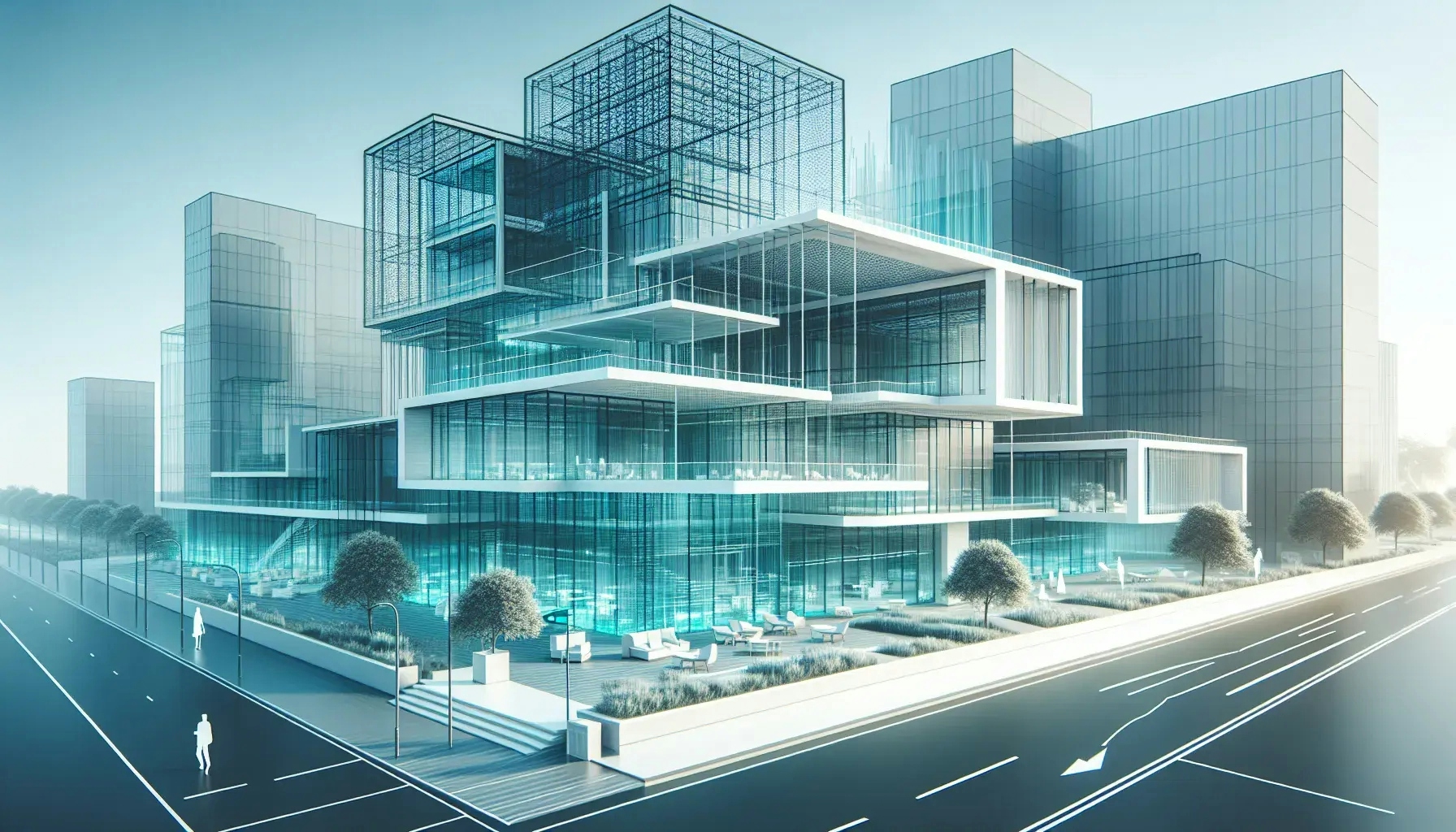How Technology is Shaping Modern Architecture
Architect Today

Welcome to this exploration of how technology is revolutionizing the world of architecture. In this post, we will delve into the myriad ways in which technology is not just shaping, but also redefining the boundaries of architectural design. From the use of advanced software to the integration of sustainable technologies, we will uncover how these innovations are transforming the way architects work and the structures they create.
The Dawn of Digital Design Tools
The advent of digital design tools has revolutionized architectural design. Architects now use advanced software to create precise and detailed 3D models. These tools allow architects to visualize their designs in a way that was not possible with traditional 2D blueprints.
Moreover, digital design tools are not just about visualization. They also enable architects to test their designs against various parameters such as structural integrity, energy efficiency, and environmental impact. This ability to simulate and analyze designs has significantly improved the quality and sustainability of modern architecture.
In addition, digital tools have also made the design process more collaborative. Architects can now share their designs with clients and other stakeholders in real-time, enabling them to incorporate feedback more effectively. This collaborative approach has led to the creation of more user-centric designs, enhancing the overall functionality and aesthetic appeal of modern buildings.
The Rise of Building Information Modeling (BIM)
Building Information Modeling (BIM) is another technological innovation that is reshaping modern architecture. BIM is a process that involves the generation and management of digital representations of physical and functional characteristics of a building. It allows architects to create a virtual model of a building, which can be used for design and construction purposes.
BIM has numerous advantages over traditional design methods. It allows for better coordination among different stakeholders, reduces errors and rework, and improves the overall efficiency of the design and construction process. Moreover, BIM also enables architects to analyze various aspects of a building's performance, such as energy consumption and lifecycle costs, leading to the creation of more sustainable and cost-effective buildings.
The Integration of Sustainable Technologies
Sustainability has become a key focus in modern architecture, and technology is playing a crucial role in this regard. Architects are now using various technologies to design buildings that are not just aesthetically pleasing, but also environmentally friendly.
One such technology is solar power. Architects are integrating solar panels into their designs to generate clean and renewable energy. Similarly, technologies like rainwater harvesting and greywater recycling are being used to conserve water.
In addition, architects are also using advanced materials and construction techniques to improve the energy efficiency of buildings. For instance, the use of high-performance glazing and insulation materials can significantly reduce a building's energy consumption.
The Advent of 3D Printing in Architecture
3D printing is another technology that is making a significant impact on modern architecture. This technology allows architects to create detailed and accurate models of their designs. These models can be used for visualization, testing, and even construction purposes.
Moreover, 3D printing also opens up new possibilities in terms of design. It allows architects to create complex and intricate designs that would be difficult to achieve with traditional construction methods. This has led to the creation of some truly unique and innovative architectural structures.
The Future of Architecture: Smart Buildings
The future of architecture lies in smart buildings. These are buildings that use technology to automate various functions such as heating, lighting, and security. Smart buildings are not just more convenient, but also more energy-efficient and sustainable.
The technology behind smart buildings is constantly evolving. For instance, the use of artificial intelligence (AI) and machine learning is enabling buildings to learn from their occupants' behavior and adjust their functions accordingly. This not only improves the comfort and convenience of the occupants but also reduces energy consumption.
The Role of Virtual and Augmented Reality
Virtual and Augmented Reality (VR and AR) are also playing a significant role in modern architecture. These technologies allow architects to create immersive virtual models of their designs. Clients can then explore these models in a realistic and interactive manner, providing them with a better understanding of the design.
Moreover, VR and AR can also be used for training purposes. For instance, construction workers can use these technologies to learn about the building's design and construction process in a safe and controlled environment. This can significantly improve the efficiency and safety of the construction process.
The Technological Transformation of Architecture
In conclusion, technology is indeed shaping modern architecture in profound ways. From the use of digital design tools to the integration of sustainable technologies, technology is enabling architects to create buildings that are not just visually stunning, but also functional, sustainable, and user-centric. As technology continues to evolve, we can expect to see even more exciting and innovative developments in the field of architecture.